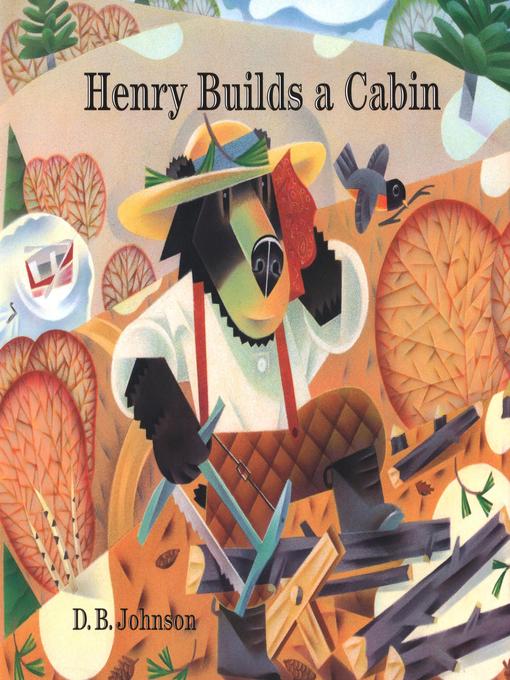How big does a home really need to be? When Henry decides to build a cabin for himself in the woods, he gets some help and a lot of advice from his friends. But Henry, being Henry, has his own ideas, and he sets about building his house as a bird builds its nest. As he adds everything he thinks his cabin needs, Henry's new home ends up being a lot bigger than it looks!
Inspired by the life of Henry David Thoreau, and illustrated with nature-filled paintings by author and artist D. B. Johnson, Henry Builds a Cabin is a thoughtful and beautiful meditation on what a home can be.
- Available now
- New eBook additions
- New kids additions
- New teen additions
- Most popular
- Try something different
- Indie Authors
- See all ebooks collections
- Available now
- New audiobook additions
- New kids additions
- New teen additions
- Most popular
- Try something different
- Audiobooks for the Whole Family
- Great Narrators
- Audiobooks for your Commute
- See all audiobooks collections




